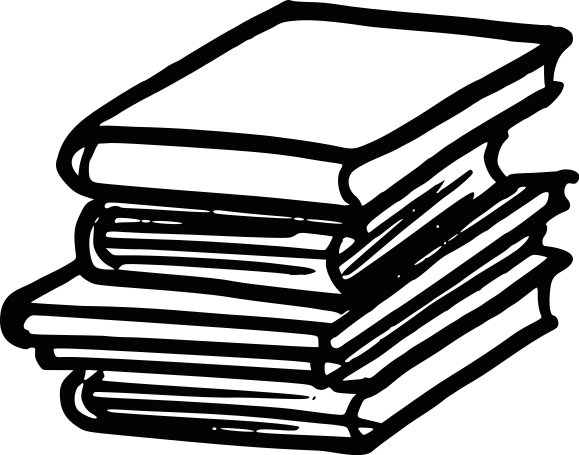Using songs with young learners
- Elena
- Jan 17, 2023
- 2 min read
A lot has been written about using songs in young learner classrooms. However, empirical research examining the effects of songs remains scarce. In my experience of working with children, I've been using songs for classroom management (establishing routines and transitions) and vocabulary development.
Routines and transitions
Hello / Time for English song
Weather song
Table / Story time chant
Tidy up song
Goodbye song
These songs and chants are short and need very little preparation. You can use them with or without a class puppet, whenever appropriate as part of your lesson routines.
Vocabulary development
These are the steps that I usually follow when start using a new song with young learners.
Step 1. Introduce the vocabulary using the flashcards. Display them on the board. Play the song and put the flashcards in order they appear in the song. Pause the song if necessary.
Step 2. Join in. Play the song again and encourage the children to join in when they hear the words.
Step 3. Pass the flashcard. Play the song again and start removing the flashcards from the board. Start passing them round. Pause the song and encourage the children to name the flashcard they're holding.
If your students are older and can read, they could:
listen to the song and put the lyrics in order (lines or paragraphs),
listen to the song and read out a 'wrong' sentence,
use a song as a model (described here)
Selecting a song
Mourão and Ellis (2020: 70) suggest considering the following questions when selecting a song:
Is it useful?
Does it contain enough language the children already know?
Does it include a lot of repetition?
Is the tune easy to pick up?
Is it short enough in length?
Are there opportunities for including movement?
Do you like it?
Final thoughts and tips
Use songs that you like.
Repeat the song over many sessions.
Don't use very long songs.
Don't push all the children towards singing the whole verse. Children can join in using gestures or completing the last word of a line.

You can find all the references here
Comentarios